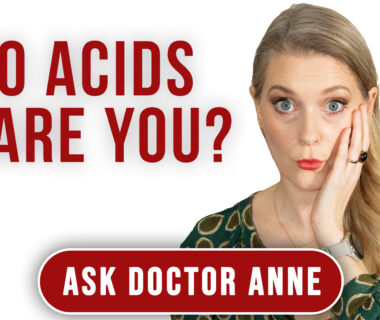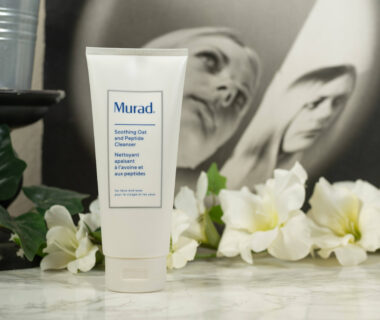ADVERTISEMENT INFO: SOME PRODUCTS MENTIONED IN THIS POST ARE PR (GIFTED) AND LINKS USED ARE AFFILIATE LINKS. I RECEIVED NO MONEY TO WRITE THE BLOGPOST. PLEASE READ DISCLAIMER
You must be living under a rock to have not heard about the myriad of benefits regular exercise has on your overall body and health. But will working out make you look younger? And if the answer is yes, which workout is best for that purpose?

We will discuss all that and more in todays post, but first tell me in the comments: Is working out already part of your daily life?
General benefits of regular workouts
There are many reasons why regular exercise should be part of your daily life: It helps against muscle loss, improves cardiovascular function, reduces your risk for Type 2 diabetes, helps fight anxiety and depression and helps in preventing dementia.
Strength training in particular has a preventative effect on the development of osteoporosis and reduces the risk of immobility and the need for assistance through sarkopenia, which is the presence of low muscle mass and low physical performance in the elderly.
Basically everything we have identified as main risk of aging can be positively influenced with regular workouts. (More info: What are the main risks that come with aging?)
The goal in all that is not too look younger, but to increase the amount of years you live your life on your terms and unaffected by disease – I care more about the fact that I can keep up what I love doing until the end of my life than I care about the fact if I live to see my 100th birthday.
But what if I could get all that AND look better in the process?
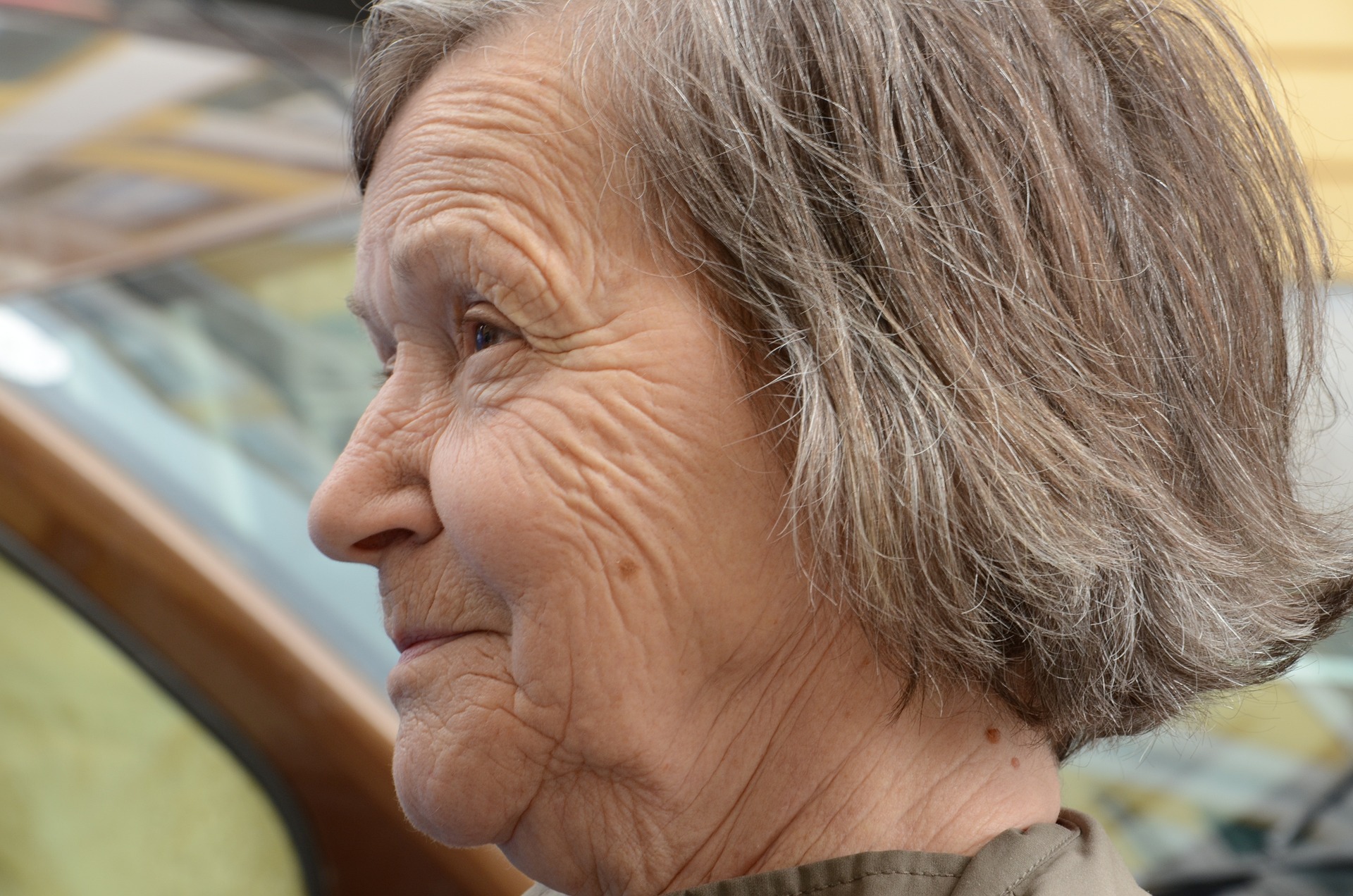
Reasons why working out improves skin health
Exercise increases overall circulation, so all organs including the skin benefit from an increased blood flow which means more oxygen and nutrients – great for that overall glow and optimal repair.
The increase in movement also stimulates lymphatic drainage, so puffiness is reduced, and depending on the type of exercise you do – I exclude all extreme things like running a marathon here – reduces the amount of cortisol circulating in your body. Cortisol and other stress hormones increase inflammation in the body, so a reduction in Cortisol is beneficial for the skin as well, especially all kinds of inflammatory skin diseases. (More info: Everything you need to know about Psoriasis)
On top of that people that work out regularly oftentimes sleep better, which is again good for the skin, and often make healthier food choices.
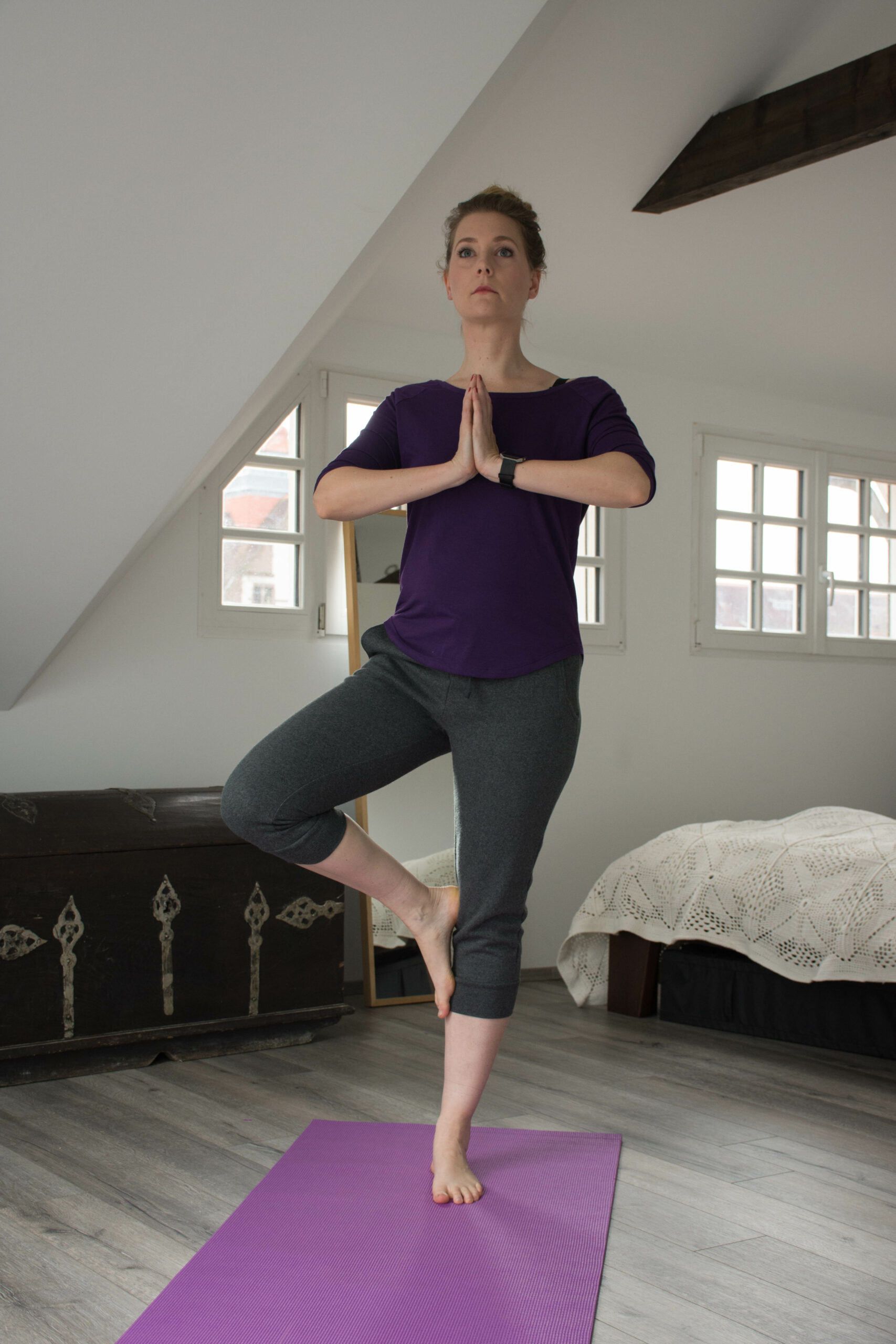
The effects of exercise on skin aging
But what about the actual signs of skin aging? Loss of firmness and elasticity, wrinkles and hyperpigmentation? Can exercise help with that? For a while now anecdotal reports have stated that people that work out regularly show less signs of aging than couch potatoes, but that might either be just a misconception or based on other factors that go hand in hand with regular workouts, like the nutritional choices, and not rooted in the exercise itself.
In the last ten years though, there have been studies looking at the actual changes in the skin, both in animals and in humans, and they offer interesting insights.
One factor of skin aging (and general aging), is in parts caused by a reduction in mitochondrial metabolism. Mitochondria are part of the cells and their main function is providing the cell with energy in the form of ATP, so it can perform its building and repairs. The mitochondria you have are exclusively from your mothers side, explaining my favorite Mothers Day Card and are actually tiny organisms that were in ancient times gobbled up by other cells, but stayed intact and continued living inside these cells. I don’t know about you, but I think they are pretty cool!
Now muscular biopsies of cyclists have shown that their muscles had better mitochondrial function than those of people with a sedentary lifestyle, and studies done on mice and later on humans identified Interleukin-15, which is induced by exercise, as positive influence on mitochondrial function, leading to the hypothesis that regular exercise with regular Interleukin-15 stimulation leads to increased mitochondrial function with benefits on skin aging.
Skin biopsies showed that people considered habitually active, meaning 4 or more hours of high-intensity aerobic exercise had a thinner stratum corneum than those with less than one hour of exercise a week, but found no significant effect on the age-related loss of collagen. Just as a reminder, we want our stratum corneum to be thin while keeping our dermal thickness up over time.
Now what does that mean?
The data we have offers us a hypothesis why exercise could be beneficial in preventing skin aging based on more than the increased blood flow, better sleep and reduced inflammation. If that hypothesis is true though and if true, this effect will be actually relevant in our day to day lives, is still under investigation.

If you know whom to credit, please share.
Negative effects of working out on the skin
Could working out actually damage your skin? You might have heard that after passing a certain age, you should stop running because any bouncing movement will accelerate sagging of the skin.
Well, to my knowledge there isn’t any data backing that claim up, and I will keep bouncing happily through my life until the day my bouncing days are done, but there are certain skin conditions that should be more careful than others when choosing their workout, for example people suffering from rosacea or melasma, both of which can react negatively to the heat that comes with strenuous exercise.
If you are prone to breakouts, you might need to take some extra precautions too, but either of that shouldn’t prevent you from working out – just read my post on the best workout skincare routine here and you should be all set.
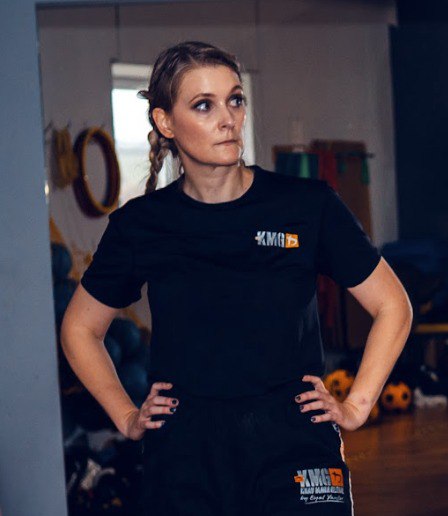
Which one is better, resistance or endurance training?
Now when it comes to preventing skin aging, which kind of exercise is best?
There is one study I found that compares the effects of resistance training with the ones of endurance training, looking at previously sedentary women who were started on one or the other type of exercise twice a week, and in this study both types had a general positive effect on skin elasticity and upper dermal layer, but only resistance training increased dermal thickness.
Again, just one study on 61 middle-aged Japanese women, but as resistance training has many benefits on the aging body anyway, I would consider switching your regular running up for weights twice a week. After of course checking with your health care provider to get cleared for working out if you haven’t done it in a while!
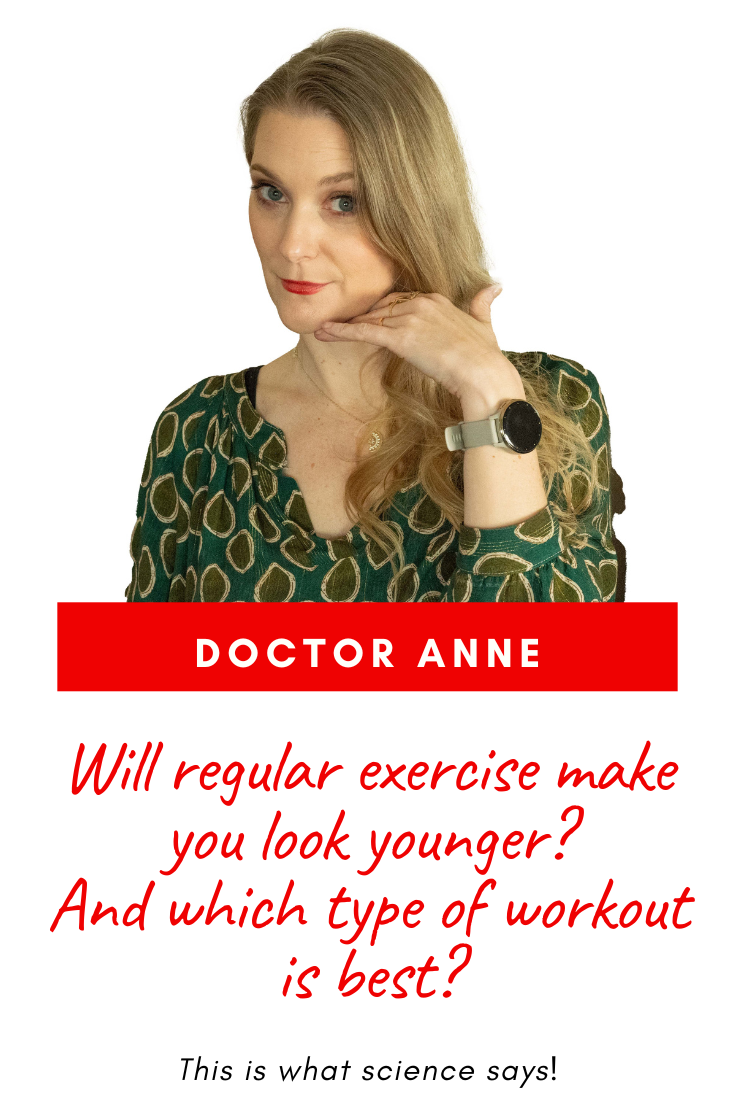
TL;DR
Look younger through regular workouts – just a myth? Exercise has many health benefits, and a lot of them like increased blood flow with better nutrient transport, reduction in stress hormones that trigger inflammation and better sleep will also benefit the skin.
Recently though we have data that suggests there are specific benefits on skin aging, like the release of Interleukin 15 with muscular activity which improves mitochondrial activity, and findings that show increased dermal thickness and a thinner stratum corneum, so skin that is biologically younger, in people that work out regularly compared to those the same age that aren’t active.
Now all that isn’t proof that if you start a workout routine now, you will look 20 years younger soon, but it is yet another reason to get up and moving.
Sources
Hood, D. A., Memme, J. M., Oliveira, A. N., & Triolo, M. (2019). Maintenance of Skeletal Muscle Mitochondria in Health, Exercise, and Aging. Https://Doi.Org/10.1146/Annurev-Physiol-020518-114310, 81, 19–41. https://doi.org/10.1146/ANNUREV-PHYSIOL-020518-114310
Crane, J. D., Macneil, L. G., Lally, J. S., Ford, R. J., Bujak, A. L., Brar, I. K., Kemp, B. E., Raha, S., Steinberg, G. R., & Tarnopolsky, M. A. (2015). Exercise-stimulated interleukin-15 is controlled by AMPK and regulates skin metabolism and aging. Aging Cell, 14(4), 625. https://doi.org/10.1111/ACEL.12341
Nishikori, S., Yasuda, J., Murata, K., Takegaki, J., Harada, Y., Shirai, Y., & Fujita, S. (2023). Resistance training rejuvenates aging skin by reducing circulating inflammatory factors and enhancing dermal extracellular matrices. Scientific Reports 2023 13:1, 13(1), 1–11. https://doi.org/10.1038/s41598-023-37207-9
Don’t forget to check out the Discount Code Page on top if you want to save some money on your next skincare purchase. If you want to request a specific topic for me to look into or get exclusive behind the scenes content, you can become a channel member here.
